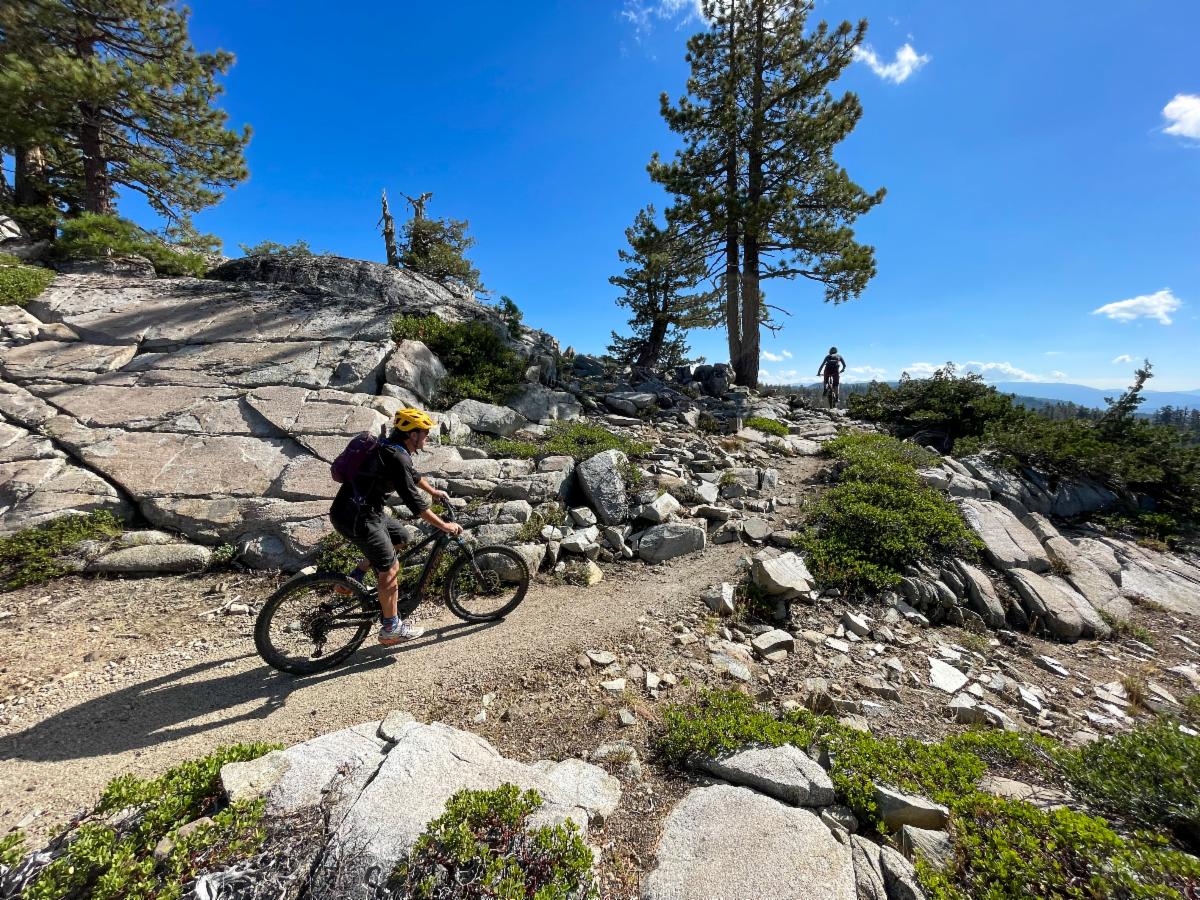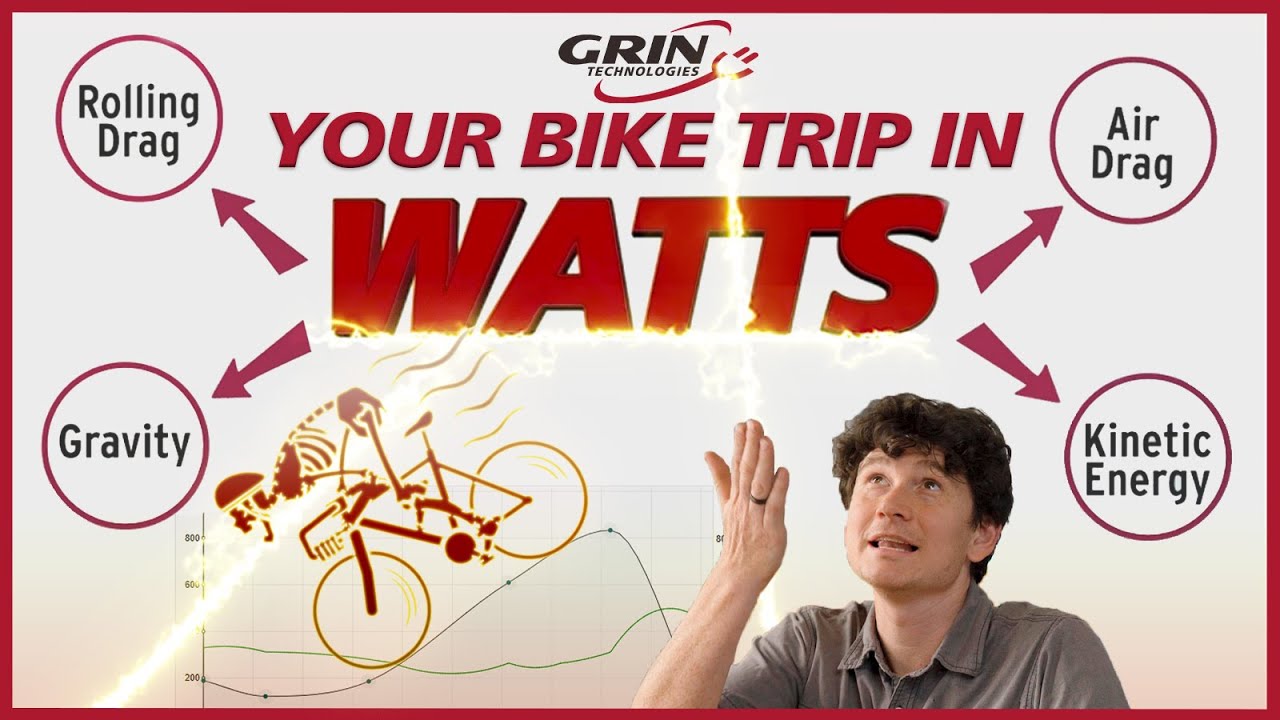
My prior comment on hydrogen mobility:
Hydrogen for mass- or space-constrained mobility (eg bikes, automobile, aircraft) faces all the known problems with storing it inside inconvenient shapes and contending with the losses from liquification. Real Engineering has a video on this aspect (Nebula and YouTube) when compared to simply using battery-electric storage.
With that out of the way, I’m skeptical as to the benefits touted on the HydroRide website. Specifically, the one about storage:
Hydrogen storage offers extended longevity, surpassing 10 years, ensuring reliability and sustainability over time.
This might be true in static conditions, but hydrogen automobiles have to vent some of the hydrogen while parked, simply to deal with the buildup of hydrogen gas, since even with excellent insulation, the liquid hydrogen will eventually get warm and evaporate into gaseous hydrogen, building up pressure. The fact is that automobiles must withstand broad environmental factors, especially temperature. And we expect bicycles to do the same: how the hydrogen tank would behave in warm climates is unclear.
There’s also not that much hydrogen in the tank. The website appears to indicate 20 grams. At 33.6 kWh/kg, the total energy in the tank would be 672 Wh, putting it at par with electric bikes of similar range and speed. Any hydrogen losses would be balanced against battery capacity loss over time.
Overall, as the article states, the target audience of rental operators might still be inclined to go with battery electric bikes rather than hydrogen. Requiring a supply of pure water in addition to electricity at charging locations – compared to just electricity for battery charging – is an extra logistical consideration. The “charge” time of 5 hours for 20 grams of hydrogen is also a potential issue.





Most people riding bicycles already deploy their retractable landing gear when preparing to touch down: they’re called legs.
And while maybe there’s an argument to be made that a properly-adjusted bicycle might not allow both feet to touch the ground while still seated, this contraption has some serious limitations. The most egregious is that landing gear – like on aircraft – are only effective when fully extended. But whereas all runways are laterally level, bicycling surfaces offer no such guarantee.
Imagine riding this cargo bicycle on a curve which has a cant (aka superelevation, or banking, or cross slope), then slowing down for a pedestrian or even stopping. A two-wheel bicycle naturally finds the lean angle to balance the centripetal force against the gravitational force, irrespective of the relative angle to the ground surface. But fully-extending landing gear forces the bicycle to be perpendicular to the ground surface, against the mandatory lean angle to balance the forces. And there doesn’t seem to be a provision for partially extending one side of the landing gears to account for the cross slope. If the perpendicular arrangement puts the center of gravity beyond the stubby extended wheels, the bike will fall over.
Tricycles will also force the same perpendicular alignment, but: 1) does so at all times, on straightaways and curves, so this isn’t a surprise to the rider, and 2) tricycle wheels are set wider than these stubby “landing gear” wheels, which is important if the cargo load is substantial (or heavy or too high) and could topple the bicycle when stopping on a curve.
This contraption is akin to bicycle training wheels: too narrow to provide actual safety benefits, while also being outright detrimental towards developing the motor skill necessary to pilot a cargo two-wheeler with its unique qualities.